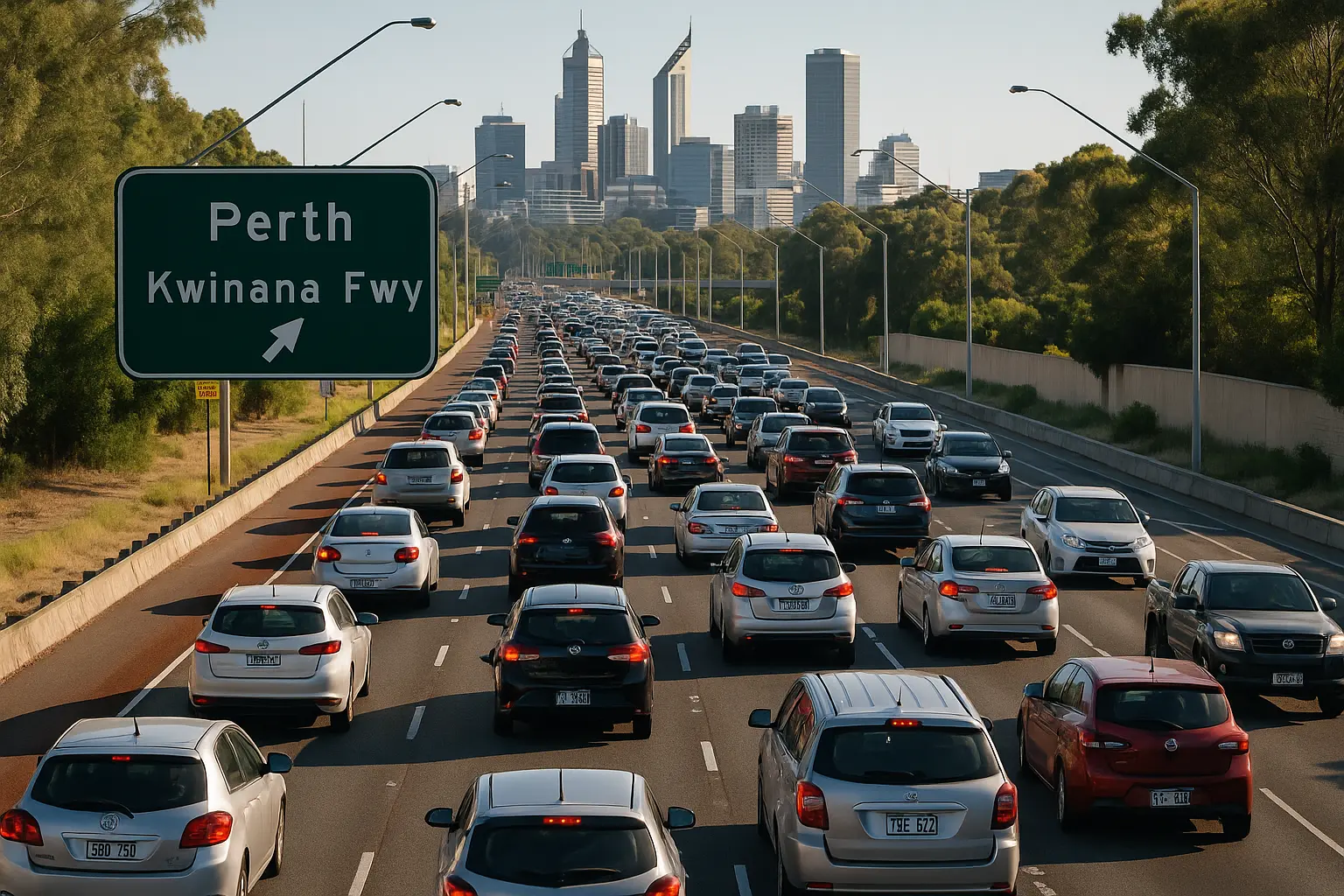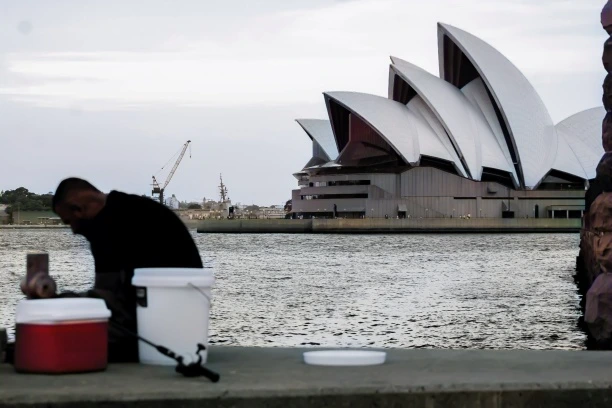Now Reading: Perth traffic congestion and smart solutions
-
01
Perth traffic congestion and smart solutions
Perth traffic congestion and smart solutions

The sun-soaked capital of Western Australia, Perth is renowned for its laid-back lifestyle and beautiful beaches. For those using the roads of Perth daily, however, one problem is getting worse: traffic congestion. Perth traffic is becoming a big worry for homeowners and transport authorities as well with more car use and escalating commuter delays.
This paper will discuss the main reasons for traffic problems in Perth, the most congested routes, effects on commuters, and the measures being implemented to reduce congestion.
How bad is Perth traffic?
Perth is now the seventh most crowded city in Australia. Recent transport research indicates that the typical Perth motorist spends approximately 60 hours a year caught in traffic, or over two and a half whole days lost to commute delays.
Travel times can rise dramatically during peak hours—by 8 minutes for every 10-kilometre trip. These delays not only have an impact on production and lifestyle but also raise pollution levels and fuel prices.
Peak hours of traffic in Perth
Knowing when traffic is at its peak enables one to prevent the worst congestion.
- Morning peak: 8:00 AM to 9:00 AM
- Afternoon peak: 3:00 PM to 6:00 PM, particularly on Thursdays and Fridays
Although the mornings see more traffic, accidents are more frequent in the afternoon, which causes additional delays and erratic travel times.
Perth’s most crowded roads
Many important Perth roads and highways are regularly mentioned as congestion hotspots. Among these are:
- Kwinana Motorway—one of the busiest routes in WA and the most congested in Perth.
- Mitchell Motorway—A vital north-south route with significant bottlenecks.
- Tonkin Highway—particularly during roadwork, has regular delays.
- Graham Farmer Motorway—Famous for choke areas and regular slowdowns.
- Marmion Avenue and West Coast Highway—Regular traffic, especially in coastal areas.
Daily drivers find these routes especially annoying since they are vital connections for suburban and inner-city commuters.
What is driving Perth’s traffic problems?
Perth traffic is getting worse for more than one reason. Many elements work together to cause the issue:
- Urban sprawl—More people are living farther from the CBD as Perth spreads out, which causes lengthier commutes.
- Population growth—A continually increasing population increases the strain on current road infrastructure.
- Lack of public transport access—Many people depend on private cars since just 40.5% of Perth inhabitants have consistent, regular access to public transportation.
- Delays in construction—Roadwork can create major short-term congestion even if it is necessary for long-term improvements.
- High car ownership rates—Especially in outer areas, Western Australians extremely reliant on personal cars.
What impact on daily living in Perth does traffic have?
Peak hour commutes in Perth average roughly 38 minutes. That’s a significant portion of the day spent driving. Traffic congestion not only influences time, but it also effect on:
- Fuel costs
- Work output
- Stress and mental health
- Wear and tear in vehicles
- Pollution in the environment
For families and employees who are trying to balance jobs, school runs, and other obligations, the burden is becoming increasingly heavy.
Smart traffic solutions in Perth
Authorities are working to minimise traffic using a range of innovative initiatives:
1.Smart Motorway technologies
Perth’s Smart Motorway System controls congestion using ramp lights, variable speed restrictions, and real-time data. Already in operation along the Kwinana Motorway, it has shortened travel times for many workers.
2.Improvements to public transportation
Projects are in progress to increase the METRONET network of Perth and enhance access in suburbs including Ellenbrook and Byford. The strategy calls for improved buses, rail extensions, and unified ticketing systems.
3.Options for active transportation
The city is actively promoting cycling and walking as alternatives to cars by creating additional bike lanes and sidewalks.
4.Services for traffic control
Businesses such as Overwatch Traffic Services offer help with traffic flow and safety at public events and construction sites. This feature guarantees more consistent motion even under disturbance.
How can motorists avoid the traffic?
Drivers in Perth can take a few sensible actions to cut their time spent in traffic:
- Get real-time information and discover quicker routes with navigation apps such as Google Maps or Waze.
- To cut down on the number of automobiles on the road, think about carpooling with friends or coworkers.
- If possible, adjust your work hours to avoid busy traffic times.
- Investigate local public transportation possibilities; more routes might be accessible than you believe.
Final thoughts: The way ahead for Perth
Dealing with traffic congestion will need a fair combination of infrastructure investment, smart technology, and lifestyle changes as Perth expands. Although the path ahead is difficult, cooperative efforts from people, companies, and governments may assist to guarantee Perth stays a mobile and living city.



























